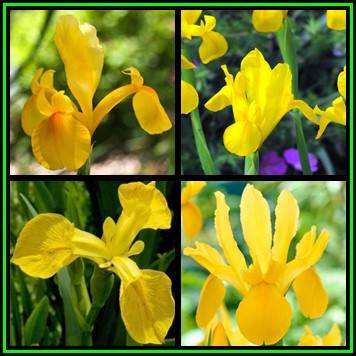
5 BULBS - Dutch Iris - Yellow Flowers - Plant Now for Spring Flowers - Combined Shipping - NEW
Check my rate
| Main centres: | 1-3 business days |
| Regional areas: | 3-4 business days |
| Remote areas: | 3-5 business days |

| Main centres: | 1-3 business days |
| Regional areas: | 3-4 business days |
| Remote areas: | 3-5 business days |
Dutch Irises are grown for their stunning spring flowers which come in a variety of colours from a range of blues and violets, golds to yellows and white. These irises were created by crossing Iris xiphium and Iris tingitana. They are true bulbs which flower naturally from late winter to spring. They make excellent cut flowers and should be cut at the budding stage when just a little colour can be seen. Theses bulbs may be manipulated into flowering at different times of the year by controlling their dormancy periods. This is a yellow variety with golden yellow markings.
A mulch will help keep the soil moist. Feeding with bulb food during the growing season will help to ensure flowering during this season and the next. After flowering, bulbs can be left in the soil until next season or they can be lifted and replanted next season. If you are going to lift them from the soil when they go dormant it is a good idea to plant them in a Bulb Planter Tray to avoid damage and loss of bulbs. If left in the soil, make sure the soil is well drained, and that bulbs do not sit in water as this can cause them to rot. Remember to feed with bulb food while they are still growing. If you want to lift them, do so in early summer. Cut off all foliage just above the bulb, wash them and leave to dry for a few days in a dry, shady spot. Dust them with fungicide and insecticide and store them at room temperature until they are ready to be planted next autumn.
|